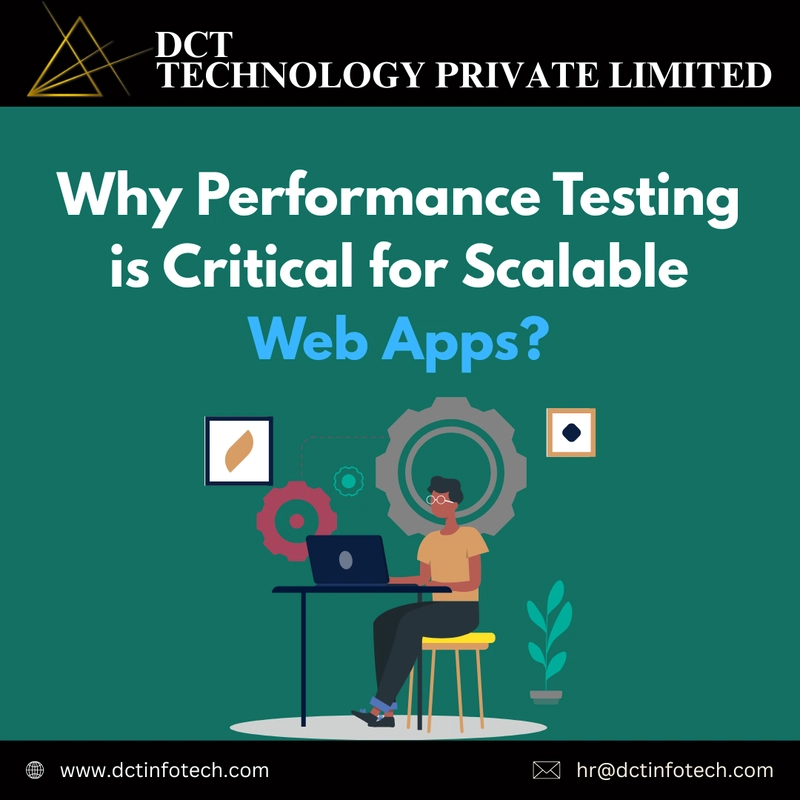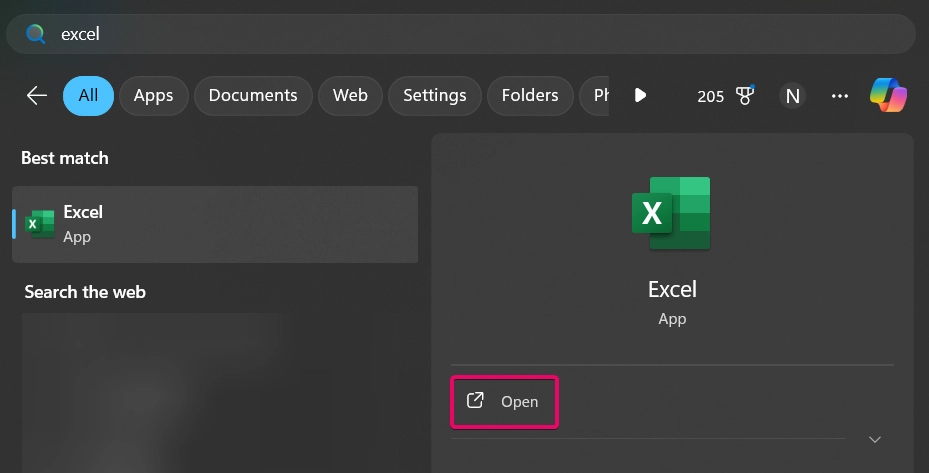E-commerce Application Development
E-commerce applications have revolutionized the way we shop and sell products and services online. Whether you're building a small online shop or a large-scale digital marketplace, understanding the process and technologies behind e-commerce development is key to creating a successful platform. In this post, we’ll explore the essential components and best practices for developing a powerful and user-friendly e-commerce application. Why Build an E-commerce Application? Global Reach: Sell to customers anywhere in the world. 24/7 Availability: Generate sales around the clock. Scalability: Grow your business without needing a physical store. Data Insights: Track sales, customer behavior, and trends. Core Features of an E-commerce Application User Authentication: Signup/login with user roles (customer, admin, vendor). Product Management: Add, edit, remove, and categorize products. Shopping Cart: Allow users to add products and manage quantities. Checkout & Payment: Secure payment gateway integration (e.g., Stripe, PayPal). Order Tracking: View order history and real-time order status. Search & Filters: Find products quickly with search, categories, and filters. Responsive Design: Mobile-friendly layout and performance. Security: SSL, data encryption, and secure storage of user data. Popular Tech Stack for E-commerce Frontend: React.js, Vue.js, Angular Backend: Node.js, Django, Laravel, Ruby on Rails Database: MySQL, MongoDB, PostgreSQL Payment: Stripe, PayPal, Razorpay Hosting: AWS, Heroku, Netlify, Firebase CMS/E-commerce Platforms: WooCommerce, Shopify, Magento (for low-code solutions) Steps to Build an E-commerce Application Plan and Design: Define your target audience, features, and UI/UX design. Set Up Backend: Create APIs for products, cart, users, and orders. Develop Frontend: Build the interface with dynamic product views and a cart system. Integrate Payments: Secure payment processing and transaction tracking. Deploy and Test: Launch the app on a cloud platform and conduct QA testing. Monitor and Scale: Use analytics, optimize performance, and handle growth. Best Practices Ensure fast loading times and a responsive layout. Use secure authentication and store passwords using hashing. Optimize images and use CDN for performance. Implement SEO strategies for better visibility. Provide customer support options (chatbots, contact forms). Keep backups and regularly update your codebase and dependencies. Bonus Tips Consider using headless CMS for flexibility. Implement loyalty programs and promotional offers. Use social proof (reviews, ratings) to build trust. Set up email marketing and notifications (order confirmation, shipping updates). Conclusion Building an e-commerce application involves careful planning, choosing the right technology stack, and providing a seamless shopping experience. Whether you're a developer or an entrepreneur, investing in a well-designed e-commerce platform can significantly impact your success in the online marketplace.

E-commerce applications have revolutionized the way we shop and sell products and services online. Whether you're building a small online shop or a large-scale digital marketplace, understanding the process and technologies behind e-commerce development is key to creating a successful platform. In this post, we’ll explore the essential components and best practices for developing a powerful and user-friendly e-commerce application.
Why Build an E-commerce Application?
- Global Reach: Sell to customers anywhere in the world.
- 24/7 Availability: Generate sales around the clock.
- Scalability: Grow your business without needing a physical store.
- Data Insights: Track sales, customer behavior, and trends.
Core Features of an E-commerce Application
- User Authentication: Signup/login with user roles (customer, admin, vendor).
- Product Management: Add, edit, remove, and categorize products.
- Shopping Cart: Allow users to add products and manage quantities.
- Checkout & Payment: Secure payment gateway integration (e.g., Stripe, PayPal).
- Order Tracking: View order history and real-time order status.
- Search & Filters: Find products quickly with search, categories, and filters.
- Responsive Design: Mobile-friendly layout and performance.
- Security: SSL, data encryption, and secure storage of user data.
Popular Tech Stack for E-commerce
- Frontend: React.js, Vue.js, Angular
- Backend: Node.js, Django, Laravel, Ruby on Rails
- Database: MySQL, MongoDB, PostgreSQL
- Payment: Stripe, PayPal, Razorpay
- Hosting: AWS, Heroku, Netlify, Firebase
- CMS/E-commerce Platforms: WooCommerce, Shopify, Magento (for low-code solutions)
Steps to Build an E-commerce Application
- Plan and Design: Define your target audience, features, and UI/UX design.
- Set Up Backend: Create APIs for products, cart, users, and orders.
- Develop Frontend: Build the interface with dynamic product views and a cart system.
- Integrate Payments: Secure payment processing and transaction tracking.
- Deploy and Test: Launch the app on a cloud platform and conduct QA testing.
- Monitor and Scale: Use analytics, optimize performance, and handle growth.
Best Practices
- Ensure fast loading times and a responsive layout.
- Use secure authentication and store passwords using hashing.
- Optimize images and use CDN for performance.
- Implement SEO strategies for better visibility.
- Provide customer support options (chatbots, contact forms).
- Keep backups and regularly update your codebase and dependencies.
Bonus Tips
- Consider using headless CMS for flexibility.
- Implement loyalty programs and promotional offers.
- Use social proof (reviews, ratings) to build trust.
- Set up email marketing and notifications (order confirmation, shipping updates).
Conclusion
Building an e-commerce application involves careful planning, choosing the right technology stack, and providing a seamless shopping experience. Whether you're a developer or an entrepreneur, investing in a well-designed e-commerce platform can significantly impact your success in the online marketplace.




























![[Webinar] AI Is Already Inside Your SaaS Stack — Learn How to Prevent the Next Silent Breach](https://blogger.googleusercontent.com/img/b/R29vZ2xl/AVvXsEiOWn65wd33dg2uO99NrtKbpYLfcepwOLidQDMls0HXKlA91k6HURluRA4WXgJRAZldEe1VReMQZyyYt1PgnoAn5JPpILsWlXIzmrBSs_TBoyPwO7hZrWouBg2-O3mdeoeSGY-l9_bsZB7vbpKjTSvG93zNytjxgTaMPqo9iq9Z5pGa05CJOs9uXpwHFT4/s1600/ai-cyber.jpg?#)














































































































































![[The AI Show Episode 144]: ChatGPT’s New Memory, Shopify CEO’s Leaked “AI First” Memo, Google Cloud Next Releases, o3 and o4-mini Coming Soon & Llama 4’s Rocky Launch](https://www.marketingaiinstitute.com/hubfs/ep%20144%20cover.png)




































































































































































































![Rogue Company Elite tier list of best characters [April 2025]](https://media.pocketgamer.com/artwork/na-33136-1657102075/rogue-company-ios-android-tier-cover.jpg?#)








































































_Andreas_Prott_Alamy.jpg?width=1280&auto=webp&quality=80&disable=upscale#)



























































































![What’s new in Android’s April 2025 Google System Updates [U: 4/18]](https://i0.wp.com/9to5google.com/wp-content/uploads/sites/4/2025/01/google-play-services-3.jpg?resize=1200%2C628&quality=82&strip=all&ssl=1)










![Apple Watch Series 10 Back On Sale for $299! [Lowest Price Ever]](https://www.iclarified.com/images/news/96657/96657/96657-640.jpg)
![EU Postpones Apple App Store Fines Amid Tariff Negotiations [Report]](https://www.iclarified.com/images/news/97068/97068/97068-640.jpg)
![Apple Slips to Fifth in China's Smartphone Market with 9% Decline [Report]](https://www.iclarified.com/images/news/97065/97065/97065-640.jpg)



































































































































